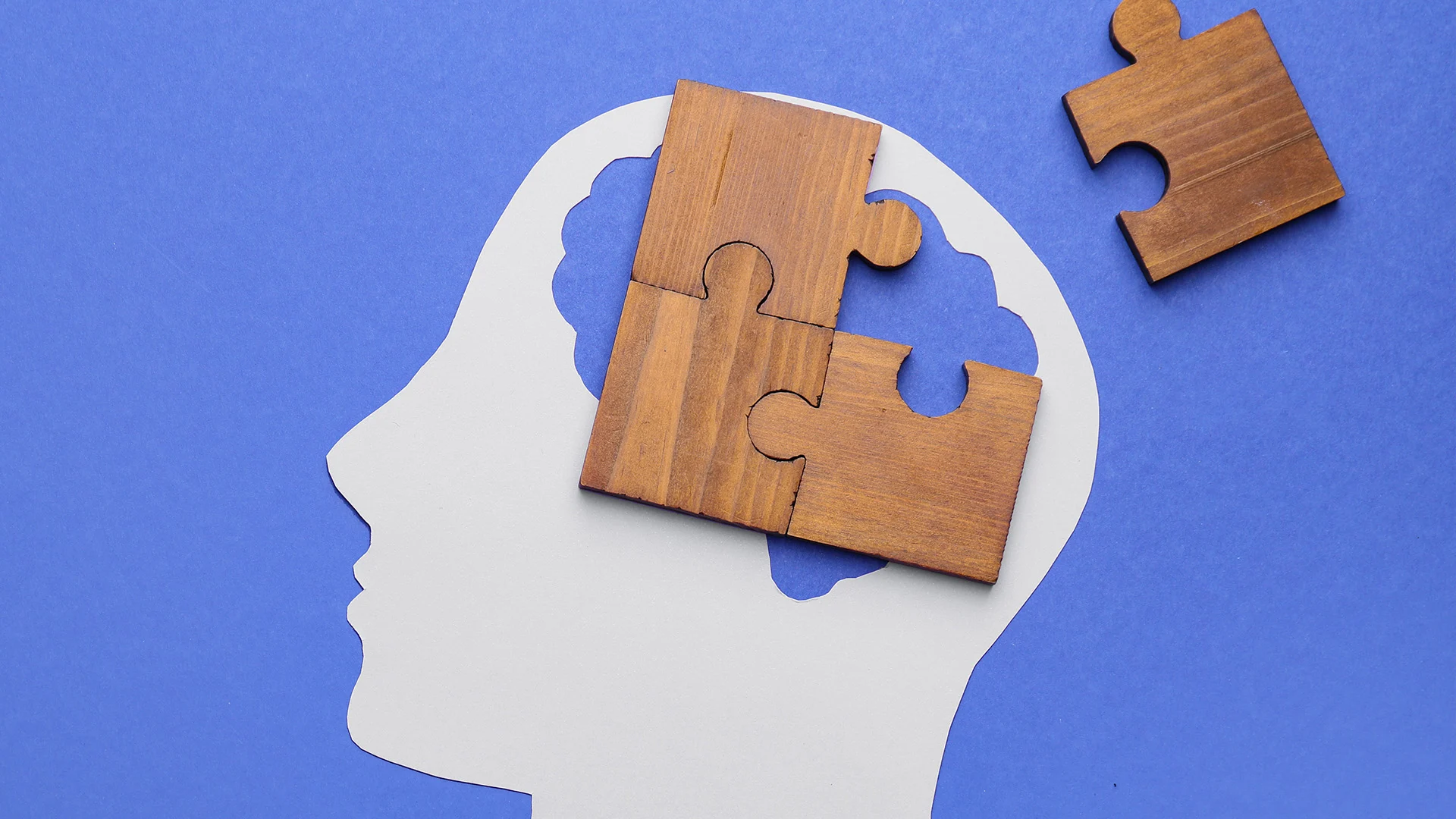March 25, 2024
Article
Five Facts about Neurodiversity You Probably Didn’t Know

Overview
Nathan Friedman and the New York City-based nonprofit, Understood.org, seek to end the stigmas surrounding neurodiversity.
Understood.org seeks to end the stigmas surrounding neurodiversity
Through his New York City-based nonprofit, Understood.org, Nathan Friedman seeks to end the stigmas surrounding neurodiversity. The first step is to raise awareness. Here are five things Friedman wants you to know.
1. About 70 million people in the United States - including one in five children - have learning and thinking differences such as dyslexia or ADHD.
However, neurodiversity is not well understood by society at large and stigmas remain, making it difficult for people who are neurodivergent to thrive at work and in life.
2. The most influential factor in helping a neurodiverse child thrive is an engaged parenting style.
Research from Understood.org’s Neurodiversity and Stigma Study found that among parents with neurodivergent children who have become engaged around their kids’ learning and thinking differences, 80 percent report improvement in their kids’ lives. Parents can begin by asking their child about the challenges they're facing and how they're feeling, so the child knows they have support.
3. Women face inequities when it comes to neurodiversity.
Research shows that boys are diagnosed with learning and thinking differences twice as often as women and girls. Women are frequently evaluated as having anxiety or other disorders, which may be symptoms of their neurodiverse condition but are not the root of the issue. Physicians need to be better trained to recognize the signs of neurodiversity so that girls and women can gain the care and support they need. Furthermore, the underdiagnosis of neurodiversity in girls is exacerbated by the scarcity of female neurodiverse role models. In the absence of such “beacons of light,” as Friedman calls them, women and girls with neurodiversity struggle to find starting points for their own life journeys.
4. Despite inequities in the workplace, those with neurodiversity can set themselves up for success.
People can request for certain accommodations at work, such as the use of noise-cancelling earphones to stay focused, the implementation of a special computer monitor to reduce eye strain, or the practice of gaining clarity around deadlines and expectations through email.
5. Understood.org is actively working to address the issues around neurodiversity.
Through its NeuroEquity Fund, Understood aims to shape a world where all neurodivergent people can thrive — regardless of race, gender, or economic status. The Fund has three overarching goals. First, solve the inequities in neurodiversity research. Two, create an advisory board of prominent female leaders to serve as role models and lead the way for neurodiverse women and girls. Three, launch new types of interventions that support the way neurodiverse people learn and function.








